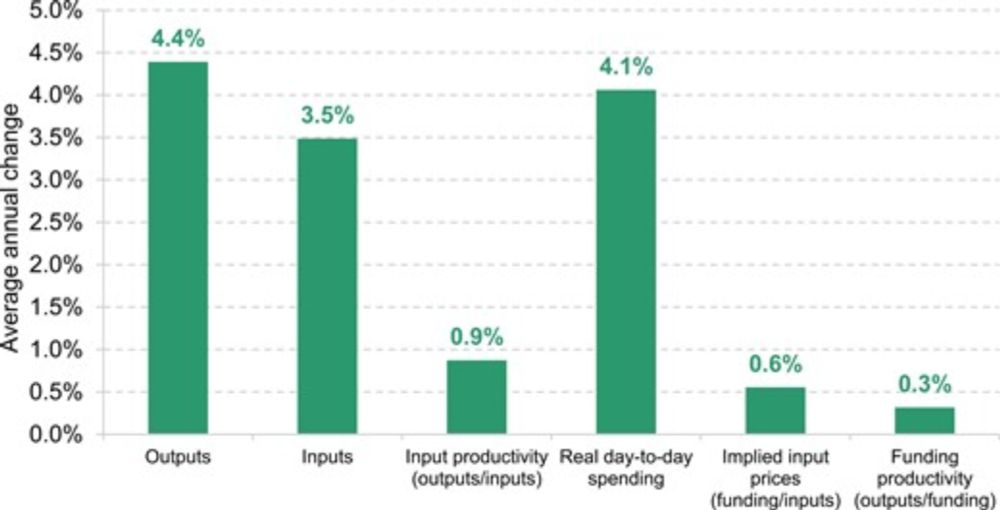Max Warner
@maxwarner.bsky.social
580 followers
57 following
110 posts
Economist at the IFS working on health and social care, public spending and public sector productivity https://ifs.org.uk/people/max-warner
Posts
Media
Videos
Starter Packs
Reposted by Max Warner
Reposted by Max Warner
Reposted by Max Warner
Reposted by Max Warner
Reposted by Max Warner
Max Warner
@maxwarner.bsky.social
· Jul 19

The merits of student loan forgiveness and pension changes for resident doctors | Institute for Fiscal Studies
The government is reportedly considering changing student loans and pensions for resident doctors. We consider the merits of potential changes.
ifs.org.uk
Max Warner
@maxwarner.bsky.social
· Jun 25
Reposted by Max Warner
Reposted by Max Warner
Reposted by Max Warner
Max Warner
@maxwarner.bsky.social
· Jun 2
Max Warner
@maxwarner.bsky.social
· Jun 2
Max Warner
@maxwarner.bsky.social
· Jun 2
Max Warner
@maxwarner.bsky.social
· Jun 2
Max Warner
@maxwarner.bsky.social
· Jun 2
Max Warner
@maxwarner.bsky.social
· Jun 2
















